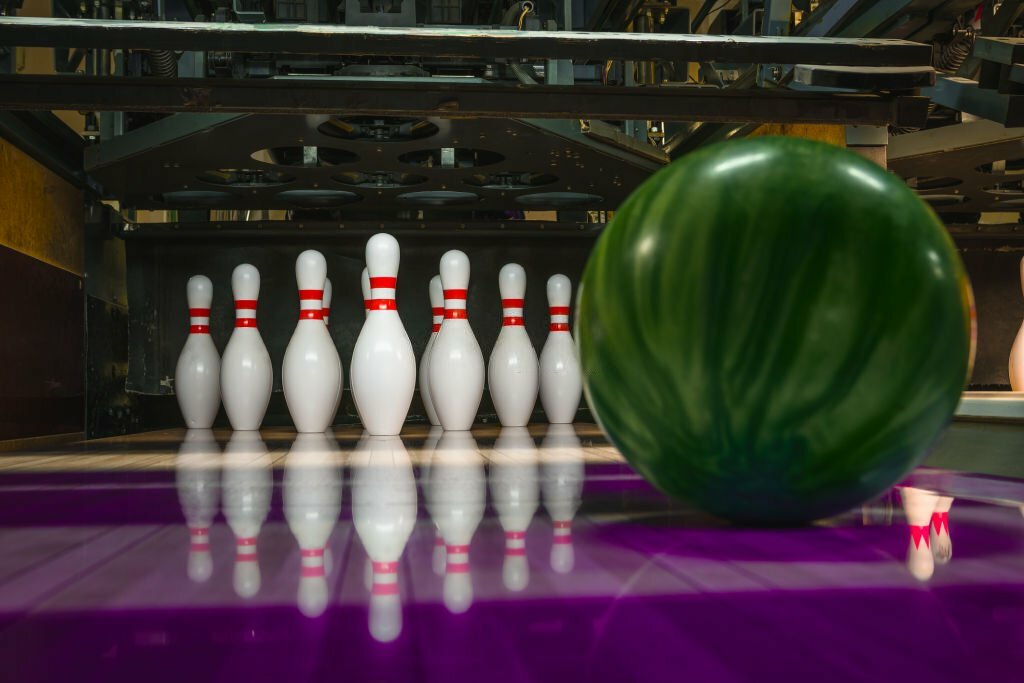In the world of sports, athletes continually seek ways to enhance their performance and, equally important, recover effectively after intense physical activities.
While conventional methods of recovery, such as rest, ice, and physiotherapy, are prevalent, there’s a growing trend toward embracing alternative therapies.
One such alternative therapy gaining recognition in the sports industry is acupuncture. In this blog post, we’ll explore the impact of acupuncture in sports recovery, how it works, and why more athletes are turning to this age-old practice for healing and rejuvenation.
Understanding Acupuncture: A Brief Overview
Acupuncture is an ancient healing practice rooted in Traditional Chinese Medicine (TCM). It involves the insertion of ultra-thin needles into specific points on the body known as acupoints.
These acupoints are located along meridians, which are pathways where the body’s vital energy, or qi (pronounced “chee”), flows.
By stimulating these acupoints, acupuncturists aim to balance the flow of qi, addressing various health concerns, including pain, inflammation, and stress.

Acupuncture and Sports Recovery: The Perfect Match
For athletes, the demands of training and competing often lead to overexertion, muscle soreness, and injuries. Acupuncture’s potential benefits are being increasingly recognized for addressing these issues and promoting efficient recovery.
1. Pain Management and Reduction
One of the primary reasons athletes turn to acupuncture is for its remarkable pain-relief properties. The insertion of acupuncture needles triggers the body to release endorphins, which are natural painkillers. This not only provides immediate pain relief but also contributes to a more comfortable recovery process.
2. Reduced Inflammation
Inflammation is the body’s natural response to injuries, and while it’s a crucial part of the healing process, excessive inflammation can prolong recovery. Acupuncture can help reduce inflammation by regulating the body’s immune response. By addressing the root causes of inflammation, athletes often experience faster recovery times.
3. Improved Circulation
Optimal circulation is vital for recovery. Acupuncture and Chiropractic promotes blood flow to injured or sore areas, delivering essential nutrients and oxygen to the muscles and tissues. Improved circulation accelerates the body’s natural healing processes.
The Acupuncture Experience: What to Expect
If you’re new to acupuncture, understanding what to expect during a session is essential. Acupuncture sessions are typically conducted as follows:
1. Consultation
Your first session will begin with a thorough consultation. The acupuncturist will discuss your medical history, specific concerns, and goals for the session. This information helps them create a personalized treatment plan.
2. Needle Insertion
During the treatment, the acupuncturist will insert ultra-thin, sterile needles into specific acupoints. While you may feel a slight sensation during insertion, acupuncture is generally not painful. Most patients describe it as a mild tingling or warmth.
3. Relaxation
After the needles are in place, you’ll rest for a predetermined amount of time, typically around 20-30 minutes. Many people find this time deeply relaxing and use it as an opportunity to meditate or de-stress.
4. Evaluation
Your acupuncturist will evaluate your progress after the session, noting any changes in your condition and adjusting the standard treatment plan as needed.
Success Stories in Sports
Acupuncture is gaining traction in the sports activity, with numerous success stories illustrating its effectiveness. Here are some notable athletes who have embraced acupuncture as part of their recovery routines:
1. Kobe Bryant: The late basketball legend Kobe Bryant was known for his dedication to his body’s recovery and longevity. He often credited acupuncture for helping him recover from injuries and maintain his high level of performance throughout his career.
2. Michael Phelps: The most decorated Olympian of all time, swimmer Michael Phelps, used acupuncture to address muscle pain and improve his overall performance.
3. Alex Naddour: Olympic gymnast Alex Naddour publicly praised acupuncture for relieving his shoulder pain and helping him compete at his best during the 2016 Rio Olympics.

Incorporating Acupuncture into Your Sports Recovery Routine
If you’re considering adding acupuncture to your sports recovery regimen, here are some practical steps to get started:
1. Find a Qualified Acupuncturist: It’s essential to choose a licensed acupuncturist with experience in treating athletes. They can provide a customized treatment plan tailored to your specific needs.
2. Discuss Your Goals: During your initial consultation, communicate your goals for sports recovery clearly. Whether you’re aiming for pain relief, reduced inflammation, or accelerated healing, your acupuncturist can adjust the treatment plan accordingly.
3. Maintain Consistency: Acupuncture often yields the best results with consistent sessions. Depending on your needs, your acupuncturist will recommend a treatment schedule that suits you.
4. Combine Therapies: Consider incorporating acupuncture alongside your current recovery routine. Many athletes combine it with techniques like physical therapy, massage, and hydrotherapy for holistic healing.
Conclusion
Acupuncture’s influence in sports recovery is undeniable, with athletes from various disciplines reaping the benefits. As part of your holistic approach
to sports wellness, integrating acupuncture can potentially lead to faster recovery times, reduced pain and inflammation, and enhanced overall performance.
To explore the transformative impact of acupuncture on your sports recovery journey, consult a licensed acupuncturist and begin your path to a healthier, more resilient athletic lifestyle.
In the dynamic world of sports, seeking innovative methods for recovery is the norm. Acupuncture has proven to be more than just an ancient practice; it’s a powerful tool for athletes who are committed to reaching their peak performance and maintaining it throughout their careers.



